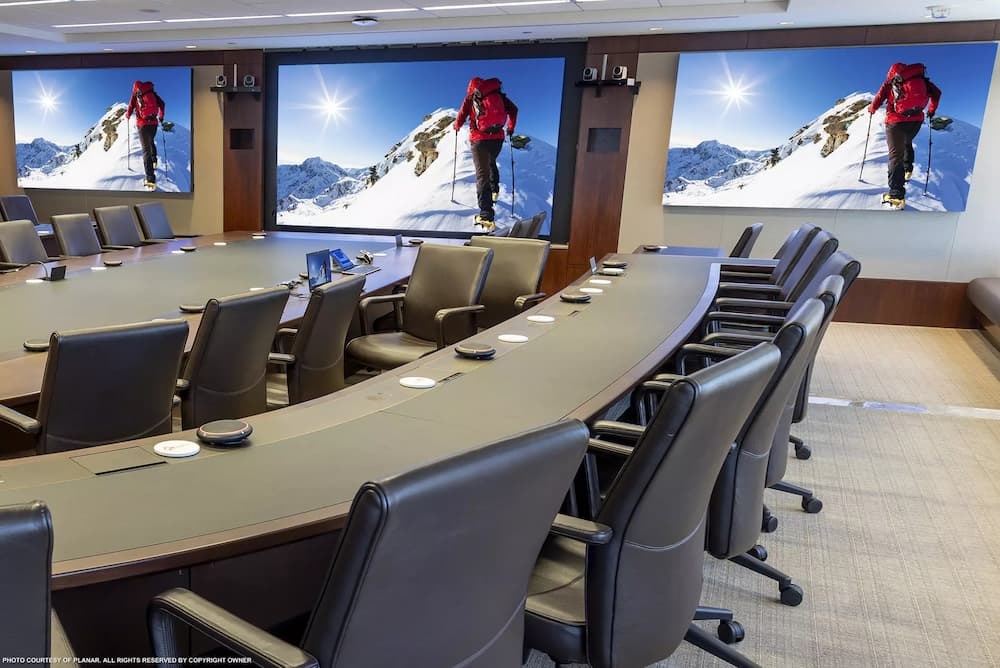Editor’s note: Commercial Integrator has teamed up with the IMCCA, the New York-based non-profit industry association for unified communication and workplace collaboration, to produce a quarterly supplement, titled Collaboration Today and Tomorrow, that focuses on all things collaboration from multiple perspectives.
Collaboration Today and Tomorrow: These days, when we think about the word “collaboration,” we immediately think of dispersed teams coming together over video to work on shared projects. What are your thoughts on the criticality of display technology to facilitating effective collaboration experiences?
Robert Detwiler: I think of collaboration as people connecting with each other, and displays are an increasingly important tool to help share ideas and empower people to work through tasks together. Whether it be a group of people in a room working creatively together in front of one large display or a team where some are in person and some are working remotely, both have similar display needs.
A display that has enough screen size and space to make sure everything is visible is important. Remote workers using a desktop monitor will need the content to be large enough to see clearly while accommodating the need to interact with people via video conference applications. This normally means using multiple monitors. For in-person, collaboration experiences, larger displays with high resolution are important to accommodate multiple people viewing content in a conference room or auditorium. In conference rooms we are also seeing a trend in using displays that are wider, rather than taller. This allows for larger displays in more conference rooms as ceiling heights are normally fixed. It also helps keep content and people is a single horizontal view.
Collaboration Today and Tomorrow: Which kinds of display technologies best lend themselves to closely replicating the face-to-face, in-office experience that most of us grew up with?
Detwiler: I don’t know if any one display technology is better than others for collaboration. The type of display technology is generally different depending on size needs. LCDs are used more for computer desktops and up to 100-inch LCDs and large, seamless LEDs for conference rooms. More importantly, is the environment and deployment. For example, having the display, microphone and camera arranged in a way that gives the environment a natural feeling can help in replicating the face-to-face inexperience we are used to. The goal is to arrange all devices in a way that allows people to interact directly with each other through a display without it feeling awkward.
Collaboration Today and Tomorrow: As decision-makers across vertical markets — from corporate, to education, to government — evaluate what investments to make to bring about outstanding collaboration outcomes, what are the key considerations that their integrator partners and they should keep top of mind?
Detwiler: Across all vertical markets, higher resolution and larger displays will always be ideal in getting full content and conferencing participants in a single view. Another key consideration is the camera and display placement for natural face to face interaction.
For more Collaboration Today and Tomorrow content, check out our website archives.







































